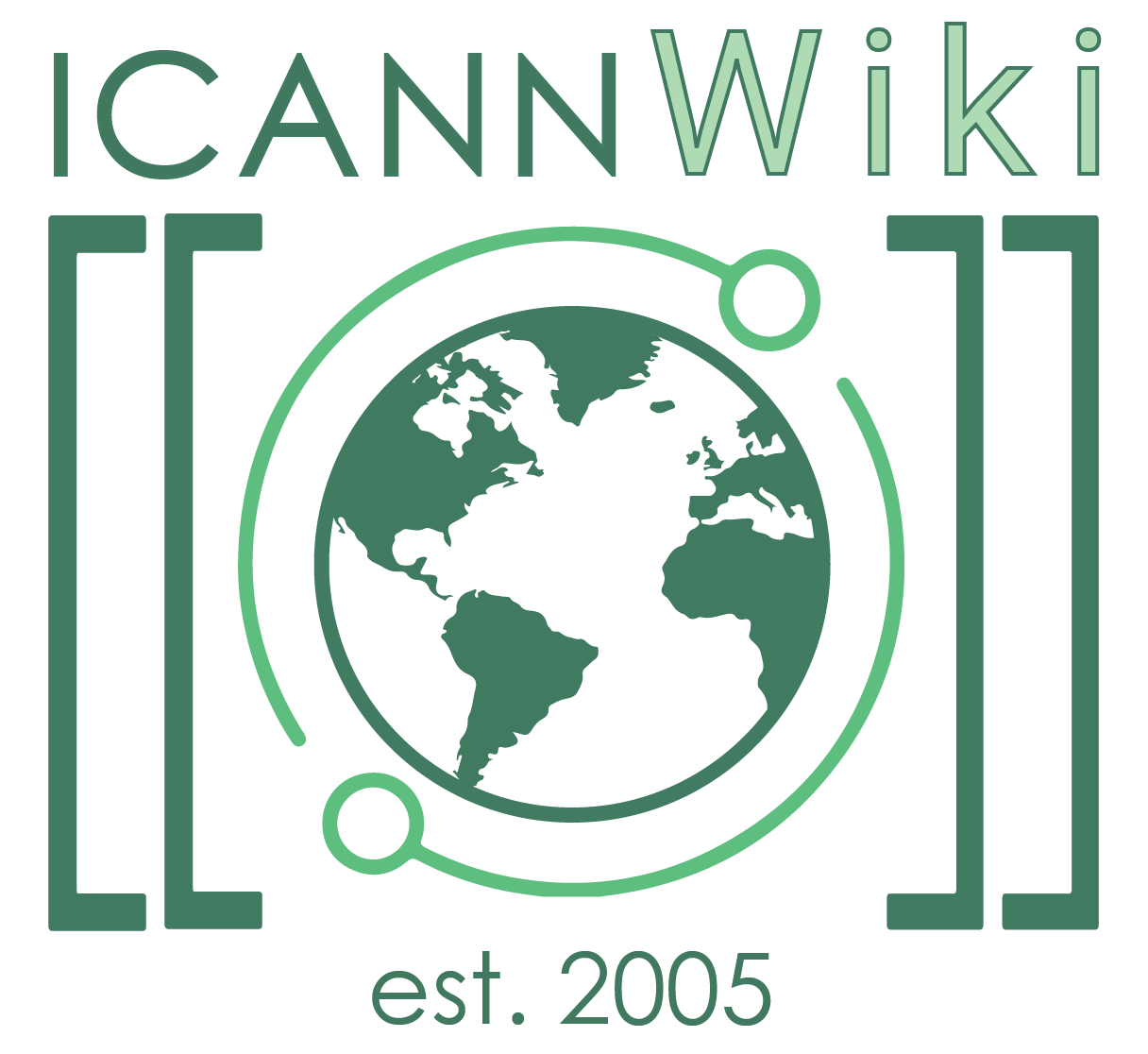Meaningful Connectivity
Meaningful connectivity can be understood as "a tool to raise the level of Internet access and set more ambitious policy goals for digital development", according to the Alliance for Affordable Internet (2020),[1]. Furthermore, "it establishes minimum thresholds in the four dimensions of Internet access that are most important to users: regular Internet use, an appropriate device, sufficient data, and a fast connection[2]”.
Observing the reality of countries like Brazil, it is possible to note that social inequalities are reflected, rightly, in the impact and differences in connection between Internet users.
Thus, although Brazil is moving towards universalizing connected homes (in 2023, around 92.5% of homes had a connection[3]), only 22% of Brazilians have good connectivity conditions[4].
In partnership with the Committed to Connecting the World (ITU), Brazil created the document "Universal and Meaningful Connectivity: A Framework of Indicators and Metrics for Digital Inclusion, Universal and Meaningful Connectivity[5]", which presents recommendations for the G20 economies. Among them:
- Pursue universal and meaningful connectivity:
- Expand digital strategies to encompass all dimensions of connectivity, in addition to infrastructure[5].
- Pursue universal and meaningful connectivity (UMC), ensuring that UMC is a situation in which everyone can access the Internet in an optimized and affordable way when and where necessary[5].
References[edit | edit source]
- ↑ Meaningful Connectivity: A New Target to Raise the Bar for Internet Access
- ↑ Meaningful Connectivity: A New Target to Raise the Bar for Internet Access
- ↑ Internet was accessed in 72.5 million households in the country in 2023
- ↑ Only 22% of Brazilians have good connectivity conditions, says survey
- ↑ 5.0 5.1 5.2 Universal and meaningful connectivity: A framework for indicators and metrics
ICANNWiki resources: Special Pages | Content Guide | Documentation | Development || Maintenance: Articles needing attention | Candidates for deletion || Projects: Internet & Digital Governance Library
